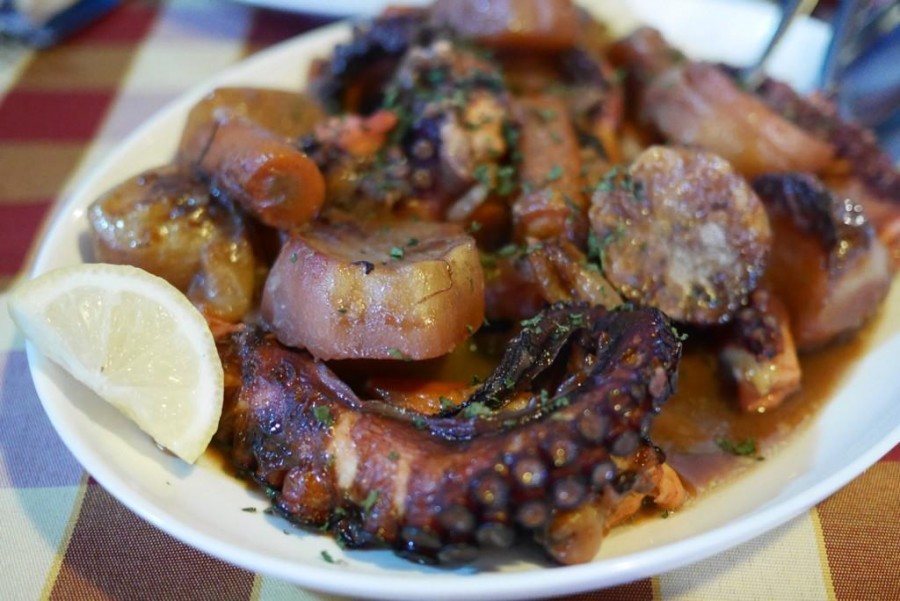Introduction: Exploring Croatian Cuisine
Croatian cuisine is a unique blend of cultural influences that has evolved over centuries. The country’s location on the Adriatic Sea has played a significant role in shaping its culinary traditions. It is a cuisine that is rich in flavors and texture, with a diverse range of ingredients that are sourced from both land and sea.
Key Ingredients in Croatian Cuisine
Croatian cuisine is characterized by its use of fresh and wholesome ingredients that are grown locally. Olive oil, garlic, onions, and tomatoes are staples in most dishes. The country’s proximity to the sea means that seafood is also a significant part of the cuisine, with fresh fish, squid and shellfish featuring prominently in many dishes. Meat, particularly pork, is also a common ingredient in Croatian cooking.
How Spices are Used in Croatian Cooking
While Croatian cuisine is not necessarily known for being spicy, spices are still an essential part of the cuisine and are used to add flavor and depth to dishes. Some of the most commonly used spices in Croatian cooking include paprika, garlic, parsley, rosemary, and bay leaf. Spices are usually added at the beginning of the cooking process to allow the flavors to infuse into the dish.
Regional Variations in Croatian Cuisine
Croatian cuisine varies depending on the region, with each area having its specialties and traditions. For example, Istrian cuisine is heavily influenced by Italian cuisine and is known for its seafood, truffles, olive oil, and wine. In contrast, Dalmatian cuisine is more focused on seafood and grilled meats, while Slavonian cuisine is more rustic and hearty, featuring dishes such as stews and roasts.
Common Spices & Heat Levels in Croatian Dishes
While Croatian cuisine is not typically known for being spicy, some dishes do have a bit of heat. Paprika is the most commonly used spice in Croatian cooking and is used in everything from stews to sausages. Garlic is also used in many dishes and can add a bit of heat. However, it is usually balanced out by other ingredients, such as olive oil or vinegar.
Heat vs Flavor: Balancing Spice in Croatian Food
In Croatian cuisine, the focus is on balancing flavors rather than adding heat. While some dishes may have a bit of a kick, the goal is to enhance the natural flavors of the ingredients. This means that even if a dish does have a bit of spice, it should never overpower the other flavors in the dish.
Croatian Beverages: A Cool Respite from Heat
If you do find yourself feeling the heat from a spicy Croatian dish, there are plenty of beverages to help cool you down. Rakija, a type of fruit brandy, is popular throughout the country and is often served as an aperitif. Croatian wines, particularly those from the Istria and Dalmatia regions, are also excellent and can be a refreshing accompaniment to spicy dishes.
Conclusion: Croatian Cuisine Offers Something for Every Palate
In conclusion, while Croatian cuisine is not typically known for being spicy, it is still a flavorful and diverse cuisine that has something to offer everyone. Whether you prefer seafood, grilled meats, or hearty stews, there is a Croatian dish out there for you. And if you do find yourself craving a bit of spice, paprika and garlic are always on hand to add a bit of heat.

